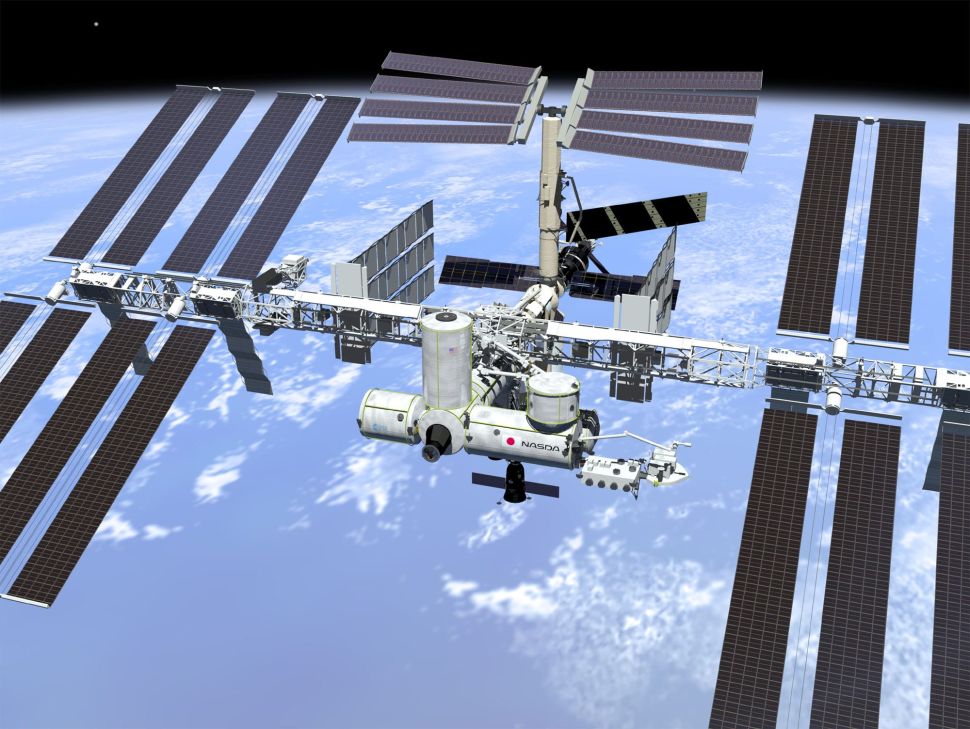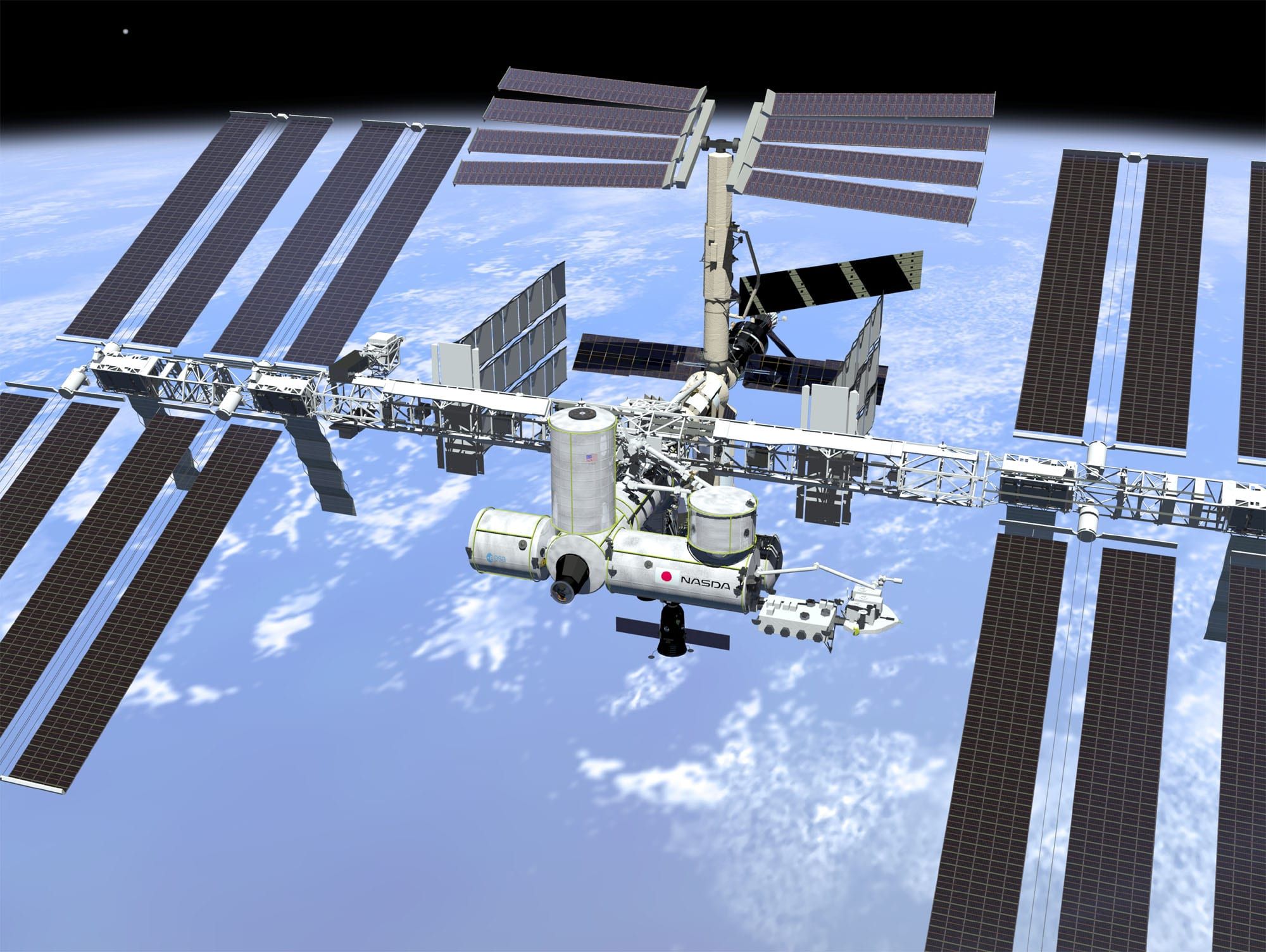
The Intercontinental Area Station is getting old. NASA
In June 2019, NASA produced a plan that would let its business area associates to consistently fly private astronauts to the Global Area Station as section of a broad software to inspire professional things to do on the ISS.
NASA’s 1st place tourism mission will not consider off until up coming 12 months, but demand is presently booming beyond what the agency is in a position to deal with.
“We are observing a great deal of desire in private astronaut missions…At this stage, the need exceeds what we truly believe that the chances on station will be,†Angela Hart, manager of professional very low Earth orbit development at NASA’s Johnson House Heart, stated at a push function on Monday announcing aspects of the agency’s 1st these mission, to be flown by Houston-centered startup Axiom Space.
NASA said the Axiom mission, dubbed Ax-1, will start no before than January 2022 with four passengers—former NASA astronaut Michael López-AlegrÃa and 3 spending prospects, Larry Connor, Mark Pathy and Eytan Stibbe—on a SpaceX Crew Dragon spacecraft.
Under the agency’s minimal Earth orbit commercialization plan, NASA enables two civilian missions for each calendar year to the ISS for no longer than 30 days each. Personal astronauts will be charged about $35,000 for every day by NASA moreover the fees charged by the corporations arranging the flights.
It is a beneficial business. But hectic site visitors all over the ISS will make it challenging for NASA to increase the software. Industrial crew missions are restricted to two docking ports on the space station. One of them is frequently occupied by automobiles that transportation lengthy-length crew, such as SpaceX’s Crew Dragon. The other port is shared among cargo missions, civilian missions and critical checks, this sort of as Boeing’s Starliner test, which has been delayed due to the “traffic jam†all-around these docking ports.
“We’re organized to fly on a cadence of about 2 times a year, but like every person, we have to contend for the prospect,†Axiom CEO Michael Suffredini explained during Monday’s push briefing.
The Ax-1 mission will last ten times, such as 7 to 8 times docked at the area station. Axiom has 3 a lot more flights prepared and aims to minimize reliance on NASA solutions immediately after the third flight.
“We have a intention that, by immediately after our third flight, we will deliver all of those people types of capabilities†that it at the moment buys from NASA, Suffredini explained. Suffredini was NASA’s ISS supervisor from 2005 to 2015.
Axiom has formidable goals to ultimately create a stand-by itself area station to change the growing older ISS. The very first main module is predicted to launch in 2024.

